Top Things to Know Before Buying an Indoor Plant: A Guide to Success
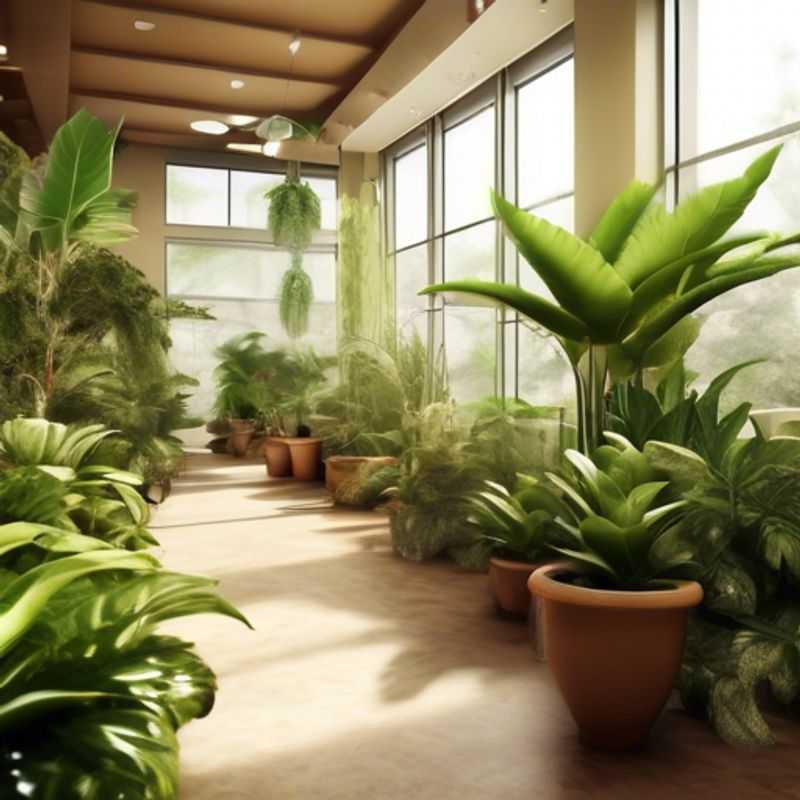
The Essential Guide: Top Things to Know Before Buying Indoor Plants
Ah, the allure of verdant life indoors! Bringing nature's beauty into your home is a delightful endeavor, but as with any complex system, understanding the intricacies of indoor plant care is key. It's not just about placing a plant in a corner and hoping for the best – there's a certain je ne sais quoi, a delicate dance of light, water, and nourishment, that ensures your green companions thrive.
First and foremost, understand the specific care requirements for the indoor plant species you've chosen. Every plant is unique, with its own personality and preferences. Research the optimal lighting, watering, and humidity levels needed. A cactus, for example, will thrive in dry, sunny conditions, while a fern prefers a humid, shaded environment.
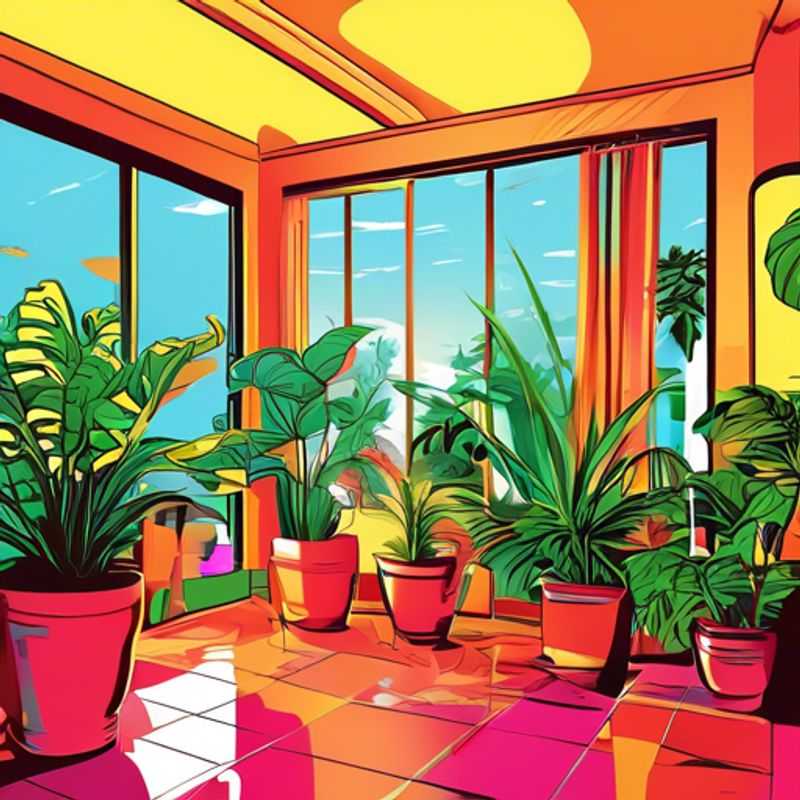
Unlocking the Secrets of Indoor Plant Care: Species-Specific Needs
Understanding the specific care requirements for indoor plant species is crucial for ensuring their health and longevity. First and foremost, light is a key factor; different plants have varying needs, from low light to bright, indirect sunlight. For instance, succulents thrive in bright light, while ferns prefer shaded areas. Watering must also be tailored to the species—overwatering can lead to root rot, while underwatering may cause wilting. A good rule of thumb is to check the top inch of soil; if it's dry, it’s time to water.
Moreover, humidity levels can significantly affect plant health. Tropical plants often require higher humidity, which can be achieved through misting or placing a humidifier nearby. Additionally, temperature is essential; most indoor plants favor temperatures between 65°F to 75°F (18°C to 24°C). It's best to avoid placing them near drafts or heating vents.
Fertilization is another important aspect; using a balanced fertilizer during the growing season can promote healthy growth. However, over-fertilizing can be detrimental, so it’s important to follow the recommended guidelines for each species. Pest management should also be part of your care routine; regularly inspecting plants for signs of infestation can help catch problems early.
In terms of costs, consider potential expenses such as purchasing specialized soil, fertilizers, pots with drainage, and humidity trays, which can add up. Additionally, if you choose to seek professional help, services like plant care consultations or pest control can incur fees. By understanding these specific care requirements, you can create a nurturing environment for your indoor plants, enhancing their beauty and vitality.
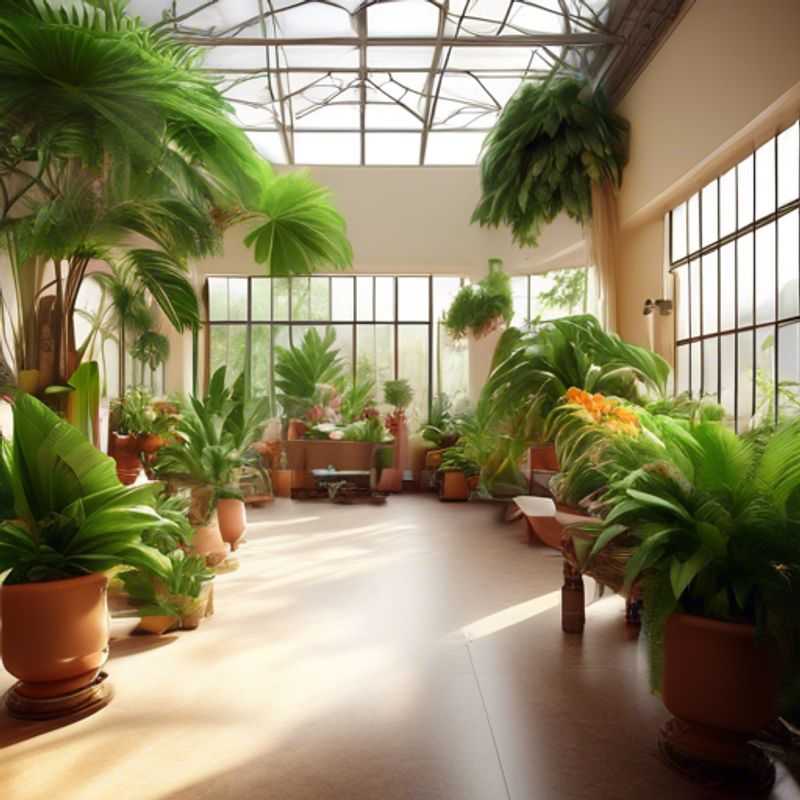
Unlocking Your Plant's Potential: Mastering the Art of Lighting, Watering, and Humidity
Researching the optimal lighting, watering, and humidity levels needed for your plants is crucial for their healthy growth. Understanding these factors can help you create a thriving environment for your greenery.
Lighting: Plants need light for photosynthesis, the process of converting sunlight into energy. The amount of light required varies depending on the plant species. Some plants, like succulents, prefer bright, indirect sunlight, while others, like ferns, thrive in shady conditions. To determine the optimal lighting requirements for your plants, research their specific needs.
Watering: Proper watering is essential for healthy plant growth. Overwatering can lead to root rot, while underwatering can cause wilting and dehydration. The frequency and amount of watering depend on factors such as the plant species, soil type, and climate. It's important to check the soil moisture before watering and avoid letting the soil dry out completely.
Humidity: Humidity levels can significantly impact plant health. Some plants prefer high humidity environments, while others thrive in drier conditions. If your home has low humidity, you can use a humidifier or group plants together to create a more humid microclimate.
Remember, these are general guidelines, and the specific needs of your plants may vary. Always research the optimal conditions for the specific species you are growing. By understanding and providing the right amount of light, water, and humidity, you can help your plants flourish.
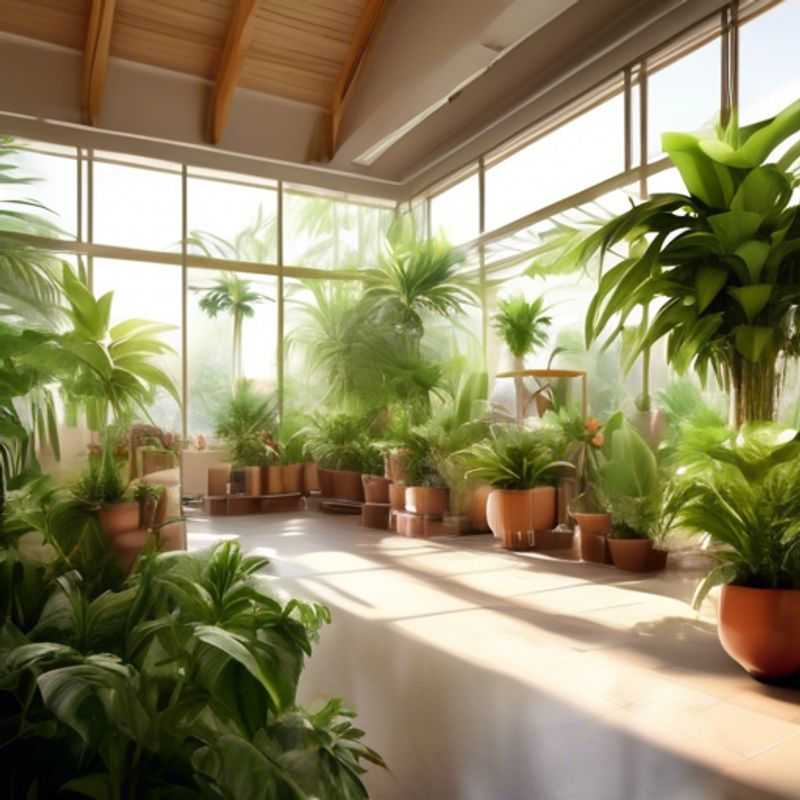
Nurturing Growth: Invest in Premium Potting Soil and Drainage
When it comes to gardening, having the right tools and materials can make a world of difference. This is especially true when it comes to potting soil and containers. Investing in high-quality potting soil and containers with proper drainage is crucial for healthy plant growth.
High-quality potting soil provides the necessary nutrients and aeration for your plants to thrive. Look for soil that's specifically designed for the type of plants you're growing. Avoid using garden soil, as it can be too dense and compact for containers.
Containers with proper drainage are essential to prevent root rot. Choose containers with drainage holes at the bottom to allow excess water to escape. You can also add a layer of gravel or pebbles at the bottom of the container to further improve drainage.
Remember, these are just the basics. There are many other factors to consider when choosing potting soil and containers, such as the size of the container, the type of plant, and the climate. It's always a good idea to do your research and choose materials that are best suited for your specific needs.
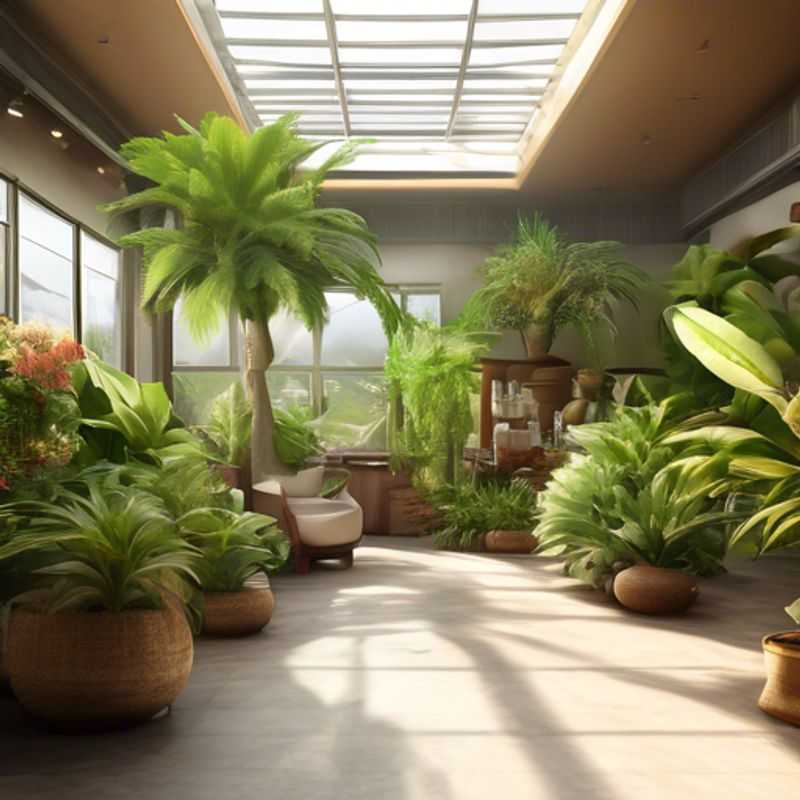
Decoding Plant Distress: Identifying Overwatering, Underwatering, and Nutrient Deficiencies
Let's dive into the fascinating world of plant health! Just like us, our leafy companions need the right balance of water and nutrients to thrive. But how do we know when they're feeling a little off? Here's a quick guide to spotting those telltale signs of over-watering, under-watering, and nutrient deficiencies.
Over-watering is a common culprit, often leading to soggy soil and unhappy roots. Look out for drooping leaves, yellowing, and even browning. You might also see mushy stems or a foul odor. The key takeaway? Let the top inch of soil dry out between waterings.
On the flip side, under-watering can be just as detrimental. Leaves will begin to wilt and droop, and the soil will feel bone dry. If you catch this early, a good soak should revive your plant. But if left unattended, your plant might struggle to recover.
Now, onto nutrient deficiencies. Plants communicate their needs through subtle changes. For instance, yellowing leaves can point to a lack of nitrogen, while purple hues might indicate a phosphorus shortage. If you suspect a nutrient deficiency, consider a balanced fertilizer to provide a helping hand.
Remember, every plant is unique. Observing your green companions carefully and responding to their subtle signals is the key to keeping them happy and healthy.
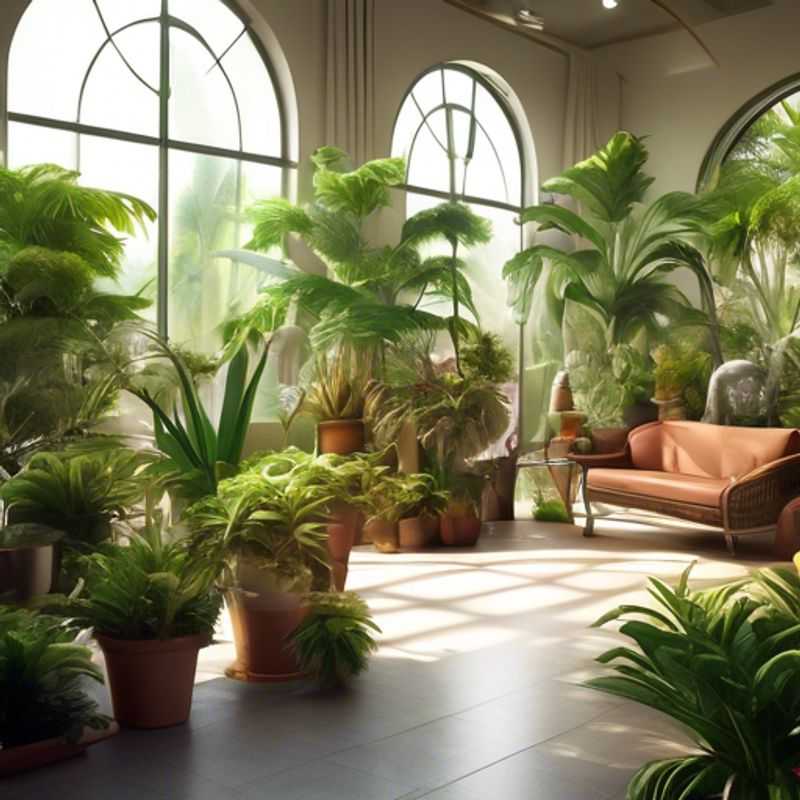
Choosing the Right Pot: Size Matters for Healthy Plant Growth
Choosing the right container size for your plant is crucial for its healthy growth. A pot that's too small can restrict root development and lead to stunted growth, while one that's too large can cause waterlogging and root rot.
Consider the mature size of the plant: Research the mature size of your plant species. Choose a container that will comfortably accommodate its full growth potential. It’s better to err on the side of a slightly larger pot than one that’s too small.
Look for drainage holes: Ensure the container has drainage holes to prevent water from accumulating at the bottom, which can lead to root problems. This allows excess water to escape, preventing soggy soil.
Assess the root ball: When transplanting, ensure the new container is only slightly larger than the existing root ball. This provides adequate space for growth without overwhelming the plant with too much soil.
Consider the material: Various container materials have different properties. Terracotta pots are porous and allow for good drainage, but they also dry out faster. Plastic pots retain moisture better, making them suitable for plants that prefer consistently moist soil.
Remember: Always research the specific needs of your plant species for optimal container size and material choice. There are no hard and fast rules; this is just a general guideline to help you make informed decisions.
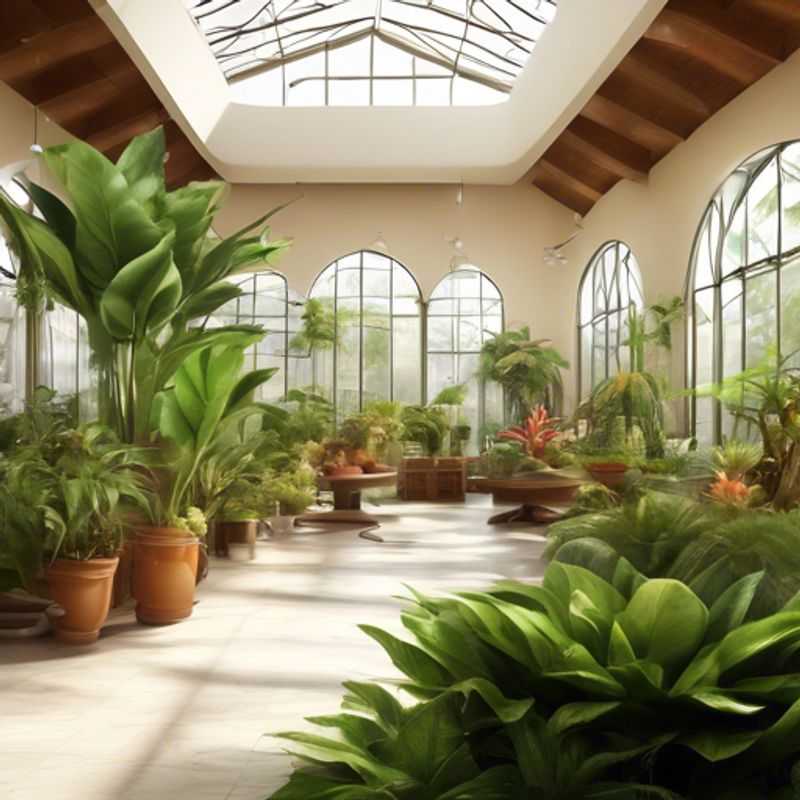
Green Thumbs Up: Familiarize Yourself with Common Indoor Plant Pests and Diseases
Familiarizing yourself with common pests and diseases that affect indoor plants is essential for maintaining a healthy indoor garden. Common pests include aphids, spider mites, whiteflies, and mealybugs. These pests can cause significant damage by feeding on plant sap, leading to wilting, yellowing leaves, and stunted growth. Regular inspection of your plants is crucial to catch infestations early.
In addition to pests, indoor plants can suffer from various diseases such as root rot, powdery mildew, and leaf spot. Root rot often results from overwatering, while powdery mildew thrives in high humidity and poor air circulation. Identifying these conditions early can help mitigate damage and promote recovery.
To manage pests and diseases effectively, consider the following important tips: maintain proper watering practices, ensure good air circulation, and keep your plants clean by wiping leaves to remove dust and potential pests. Additionally, using insecticidal soap or neem oil can help manage pest populations without harming your plants.
As you develop a plan to address pests and diseases, be aware of potential costs associated with treatments, such as purchasing insecticides or fungicides, and consider investing in preventive measures like organic pest repellents or beneficial insects. Regular maintenance is key to keeping your indoor plants thriving.
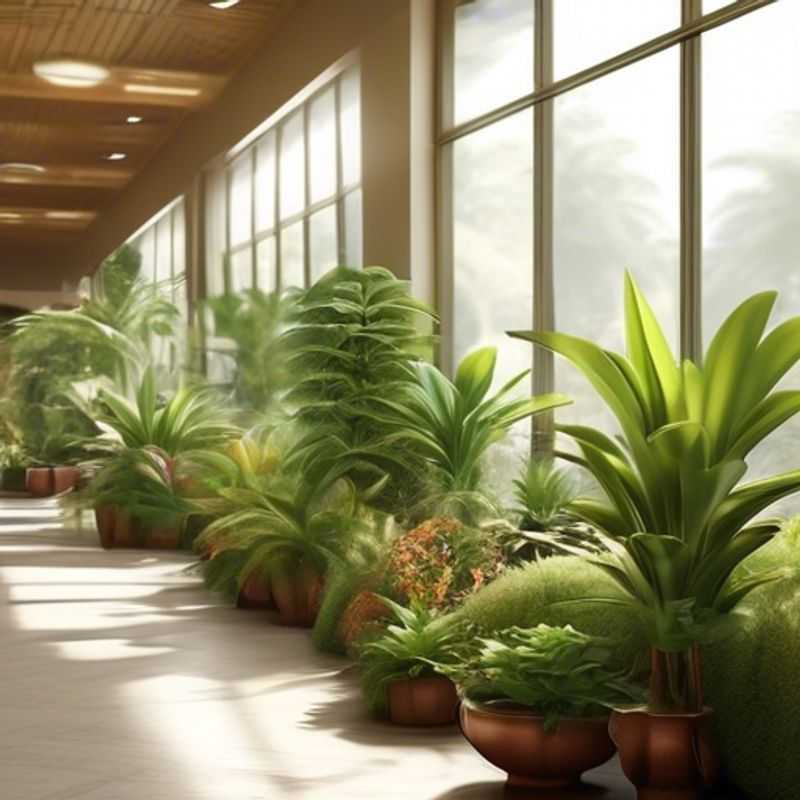
The Art of Watering and Feeding: Crafting a Consistent Schedule for Plant Health
A consistent watering and fertilizing schedule is crucial for maintaining plant health. Understanding your plant's needs is key. Different plants have different water and nutrient requirements, so research your specific species to determine how often to water and fertilize.
Watering: Overwatering is a common problem that can lead to root rot. Check the soil moisture before watering by sticking your finger in the soil – if it’s dry, then water.
Fertilizing: Most plants benefit from fertilizer, which provides essential nutrients. Choose a balanced fertilizer and follow the label's instructions for application. Remember that too much fertilizer can harm plants.
Consistency is key to developing a successful watering and fertilizing schedule. Once you understand your plant's needs and establish a routine, stick to it to ensure optimal plant growth.
